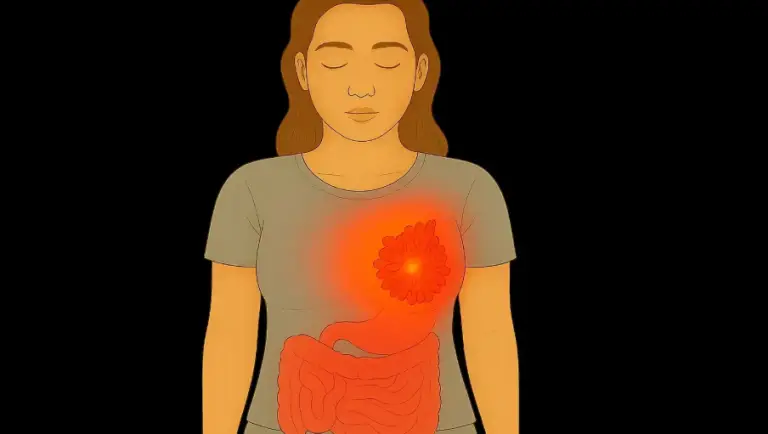In the world of fitness, the motto “no pain, no gain” often dominates. Many people push themselves hard at the gym, believing that more workouts equal faster results. But here’s the truth: your body grows stronger during rest, not during workouts.








Whether you’re new to exercising or training consistently, understanding the role of rest days is essential for better performance, long-term progress, and overall well-being.
🧠 What Is a Rest Day?
A rest day is a scheduled break from intense exercise. It allows your body time to recover, rebuild, and regenerate. Rest doesn’t always mean lying on the couch all day—it can also include active recovery, like walking, yoga, or light stretching.
📌 Think of your workouts as tearing muscles down, and rest days as the time your body uses to build them back stronger.
🏋️♀️ Why Recovery Is Just as Important as Training
1. Muscle Repair and Growth
During strength training or high-intensity workouts, your muscle fibers experience tiny tears. Your body needs rest and proper nutrition to repair those tears and build stronger, denser muscle tissue.
Without adequate rest, you might:
- Hit performance plateaus
- Increase your injury risk
- Lose strength instead of gaining it
2. Preventing Overtraining Syndrome
Overtraining happens when you exercise too intensely or too frequently without giving your body time to recover. Symptoms may include:
- Chronic fatigue
- Decreased performance
- Mood swings or irritability
- Trouble sleeping
- Weakened immune system
Taking regular rest days helps prevent burnout and keeps your nervous system in check.
3. Improved Performance
Rest days help:
- Replenish glycogen stores (energy in your muscles)
- Restore joint and tendon health
- Improve coordination and reaction time
You’ll notice better strength, speed, and endurance after rest—not by skipping it.
4. Injury Prevention
Training without rest increases your chances of:
- Stress fractures
- Tendonitis
- Muscle strains
- Joint inflammation
Rest gives your bones, joints, and connective tissue time to recover and adapt to your workouts.
5. Better Sleep and Mental Health
Excessive training can elevate stress hormones like cortisol, which affects sleep, mood, and recovery. Proper rest can:
- Improve sleep quality
- Lower stress and anxiety
- Enhance motivation and mental clarity
Rest days support not just your body, but your brain and emotional well-being, too.
🔄 How Often Should You Take a Rest Day?
This depends on your:
- Fitness level
- Training intensity
- Workout type
General Guidelines:
| Training Frequency | Recommended Rest |
|---|---|
| 3–4x/week | 1–2 rest days |
| 5–6x/week | 1 full rest + 1 active recovery day |
| 7x/week (daily) | 1–2 lighter workout or mobility days |
🧘 Tip: Listen to your body. If you’re unusually tired, sore, or unmotivated—take a day off.
🚶 Types of Rest Days
1. Full Rest Day
- No structured exercise
- Focus on sleep, hydration, and nutrition
- Great for after intense sessions or when feeling fatigued
2. Active Recovery
- Light, low-intensity movement to stimulate blood flow
- Examples:
- Walking
- Yoga
- Light cycling
- Gentle stretching
- Foam rolling
Active recovery is perfect for reducing muscle soreness and improving mobility without stressing your system.
🥗 What to Do on a Rest Day
Use your rest day to focus on holistic recovery:
✅ Nutrition
- Prioritize protein for muscle repair
- Eat complex carbs to refill glycogen stores
- Stay hydrated
😴 Sleep
- Aim for 7–9 hours of sleep per night
- Try power naps (20–30 minutes) for extra recovery
🧘♂️ Relaxation
- Meditate or do breathing exercises
- Take a warm bath or use a heating pad
- Get a massage or do self-myofascial release (foam rolling)
⚖️ Rest Day Myths (and the Truth)
❌ Myth 1: “If I take a day off, I’ll lose progress.”
✅ Truth: Rest days enhance progress by allowing your body to repair and strengthen.
❌ Myth 2: “No soreness = no workout benefit.”
✅ Truth: Soreness isn’t the only indicator of progress. You can be improving without pain.
❌ Myth 3: “More training equals faster results.”
✅ Truth: Without recovery, overtraining leads to slower progress and increased risk of injury.
📅 Sample Weekly Routine with Rest Days
Here’s an example of a balanced weekly fitness plan:
| Day | Activity |
|---|---|
| Monday | Strength training (upper body) |
| Tuesday | Strength training (lower body) |
| Wednesday | Rest or active recovery (walk/yoga) |
| Thursday | Cardio or HIIT workout |
| Friday | Strength training (full body) |
| Saturday | Active recovery (light cycling, foam rolling) |
| Sunday | Full rest day |
🎯 Key Takeaways
- Rest is not laziness — it’s a vital part of fitness and performance.
- Your muscles grow and recover on rest days, not during workouts.
- Taking regular rest days helps prevent injury, burnout, and plateaus.
- Incorporate both full rest and active recovery into your routine.
- Listen to your body — some days, a break is exactly what you need.
🧘 Final Thoughts
Rest days are not a setback — they’re a setup for better performance, better results, and a healthier body. Whether you’re training for strength, weight loss, endurance, or general wellness, recovery is where the magic happens.
So next time you’re tempted to push through another workout, ask yourself:
👉 “Would my body benefit more from movement or from rest today?”
Often, the smartest thing you can do is give your body the time it needs to come back stronger.



